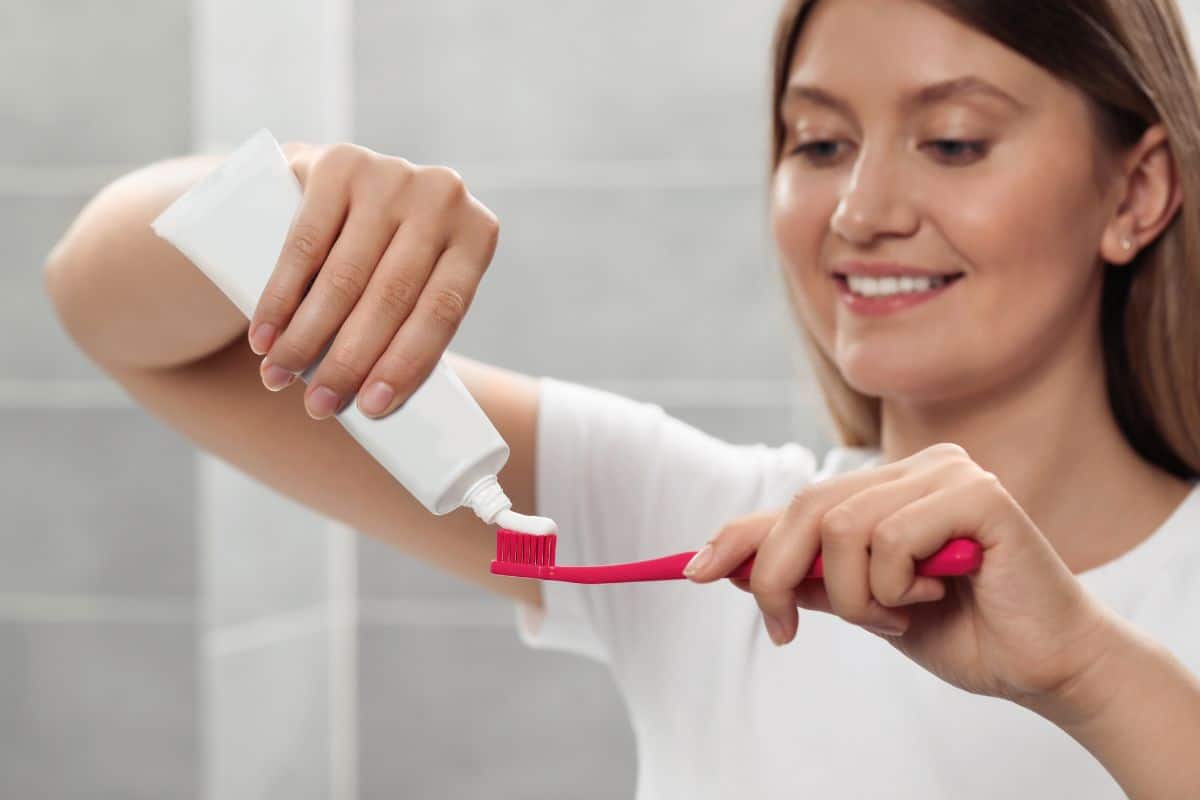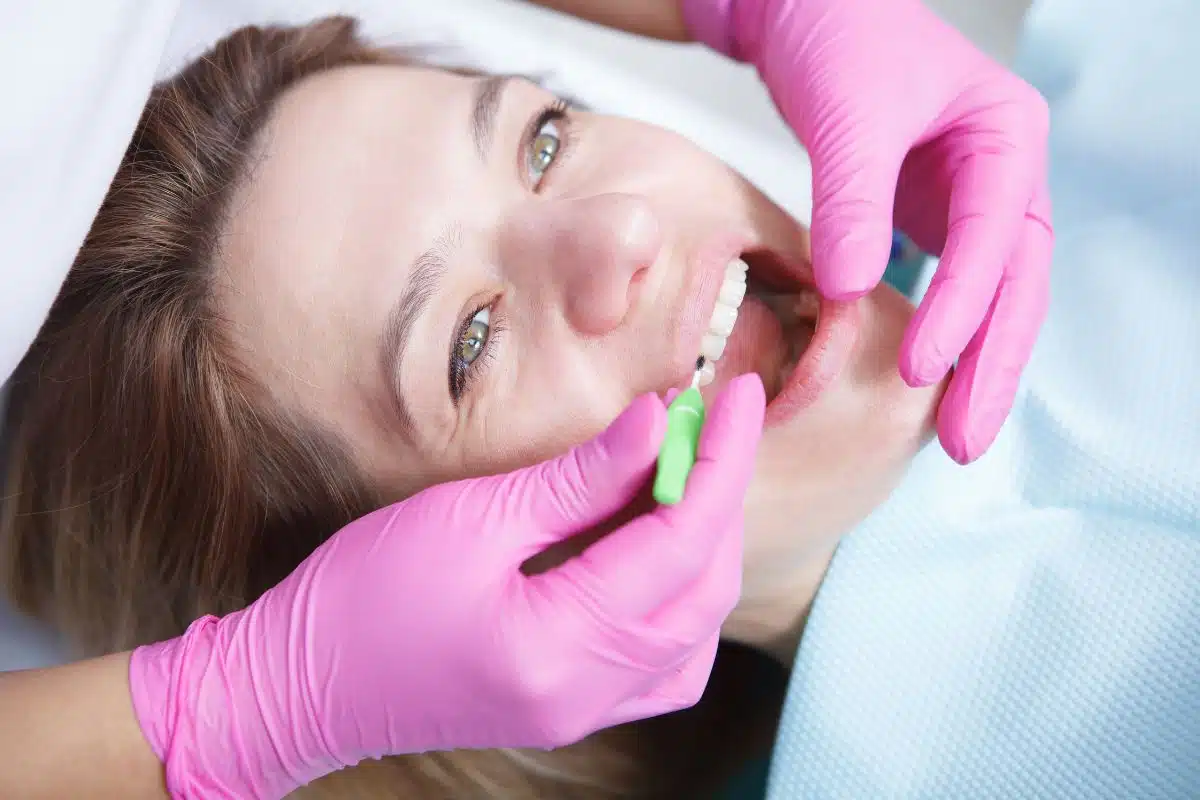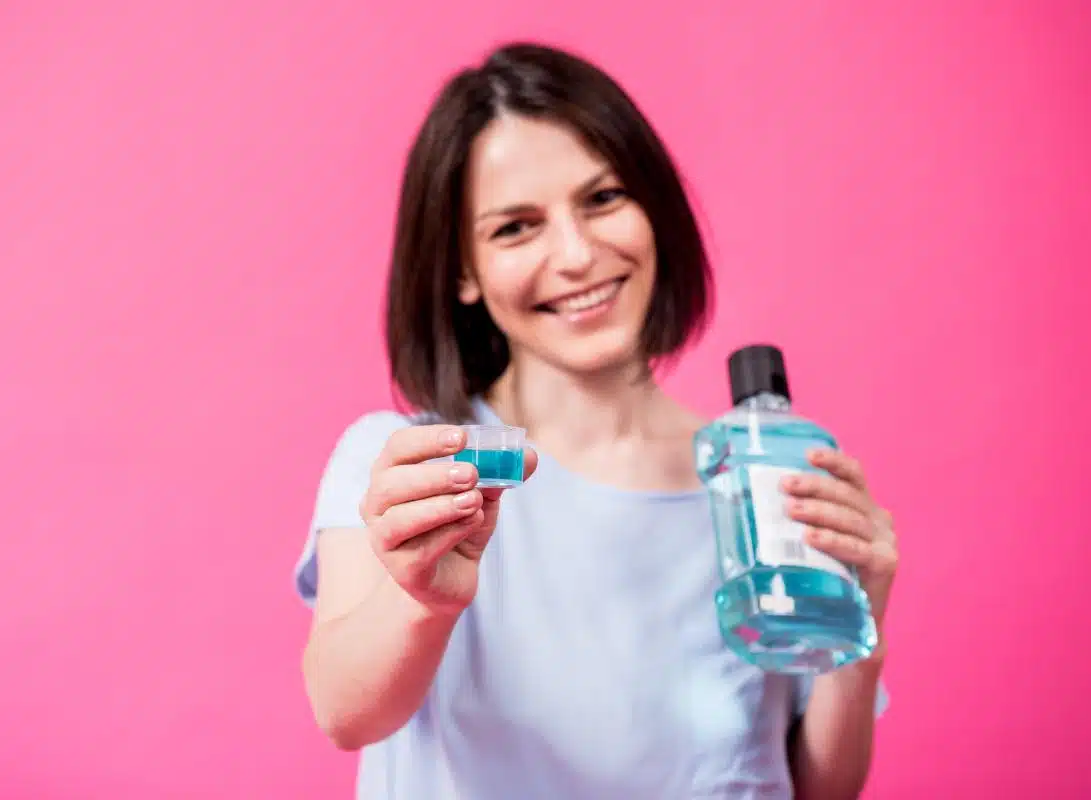Request an Appointment
Does Whitening Toothpaste Work?

Whitening toothpaste claims to brighten your smile with regular use, but does it live up to its promises? In this blog, we’ll dive into the effectiveness of whitening toothpaste, how it works, and whether it’s the right choice for achieving a brighter smile.
Understanding Whitening Toothpaste:
Whitening toothpaste differs from regular toothpaste by containing additional ingredients aimed at removing surface stains and enhancing the whiteness of teeth. These ingredients may include abrasives, hydrogen peroxide, or other whitening agents.
How Whitening Toothpaste Works:
- Abrasives: Many whitening toothpaste brands use mild abrasives like silica to scrub away surface stains caused by coffee, tea, wine, or tobacco.
- Whitening Agents: Some whitening toothpaste formulations contain hydrogen peroxide or carbamide peroxide, which help break down stains and lighten tooth color over time.
- Tartar Control: Tartar buildup can contribute to yellowing teeth. Whitening toothpaste often includes tartar control ingredients to prevent tartar formation and maintain a cleaner smile.
Effectiveness of Whitening Toothpaste:
- Surface Stains: Whitening toothpaste can be effective in removing surface stains and restoring the natural whiteness of teeth, especially when used consistently over time.
- Deep Stains: However, for deep-seated stains or discoloration caused by factors like genetics, medication, or trauma, whitening toothpaste may have limited impact.
- Professional Treatment: For significant whitening results, professional dental treatments such as in-office whitening or take-home whitening kits prescribed by dentists are more effective.
Tips for Using Whitening Toothpaste:
- Follow Instructions: Use whitening toothpaste as directed by the manufacturer or your dentist for best results.
- Monitor Sensitivity: Some people may experience tooth sensitivity with whitening toothpaste. If sensitivity persists, consult your dentist.
- Combine with Good Oral Hygiene: Brushing with whitening toothpaste is just one aspect of maintaining a bright smile. Regular dental check-ups, flossing, and avoiding stain-causing foods and drinks also play a role.
Consult Your Dentist:
Before starting any whitening regimen, consult your dentist to assess your oral health, discuss expectations, and determine the most suitable whitening options for your needs.
Conclusion:
Whitening toothpaste can be effective in removing surface stains and maintaining a brighter smile when used correctly and in conjunction with good oral hygiene practices. While it may not provide dramatic whitening results for deep stains, it is a convenient and accessible option for everyday use.



